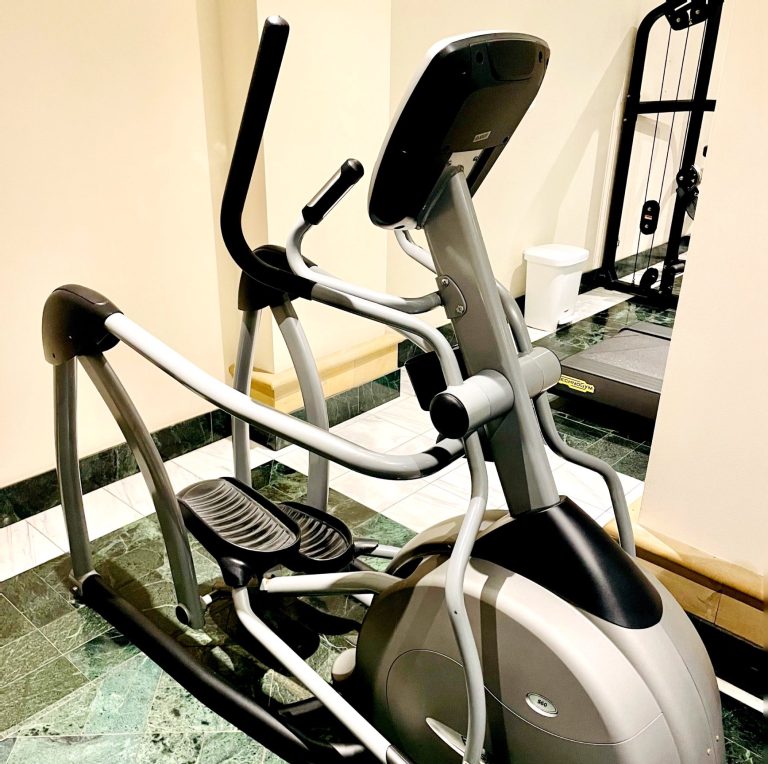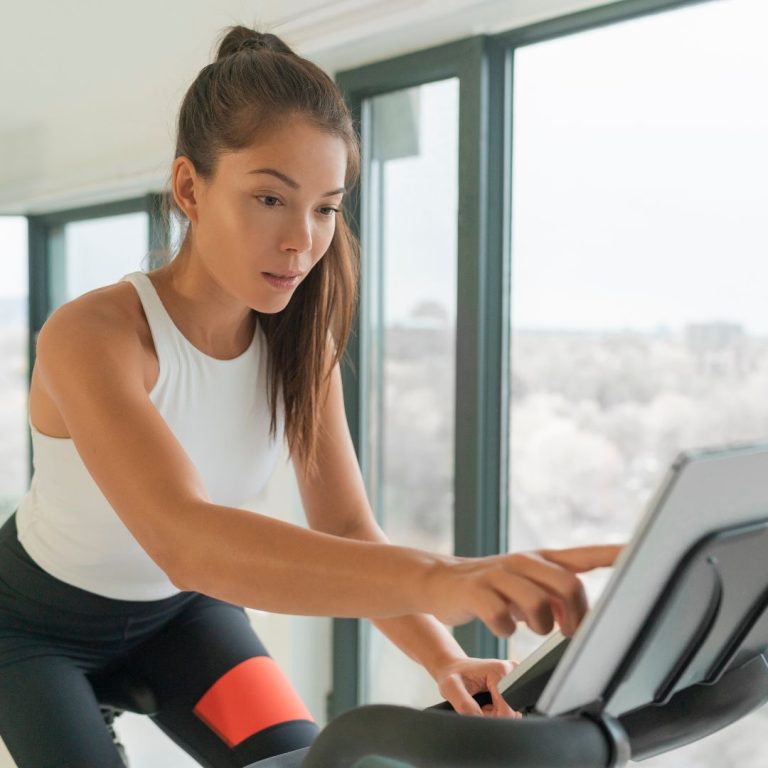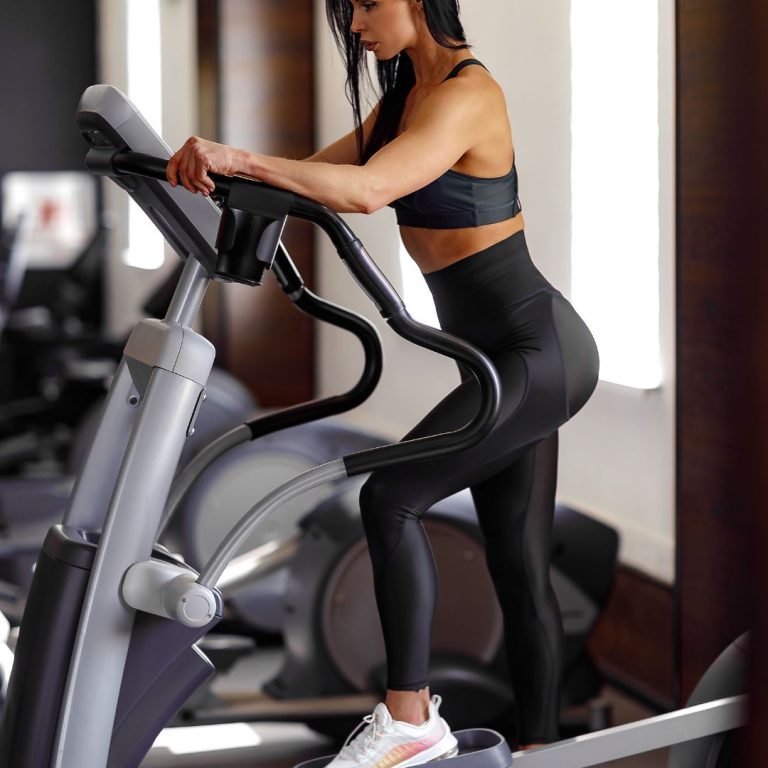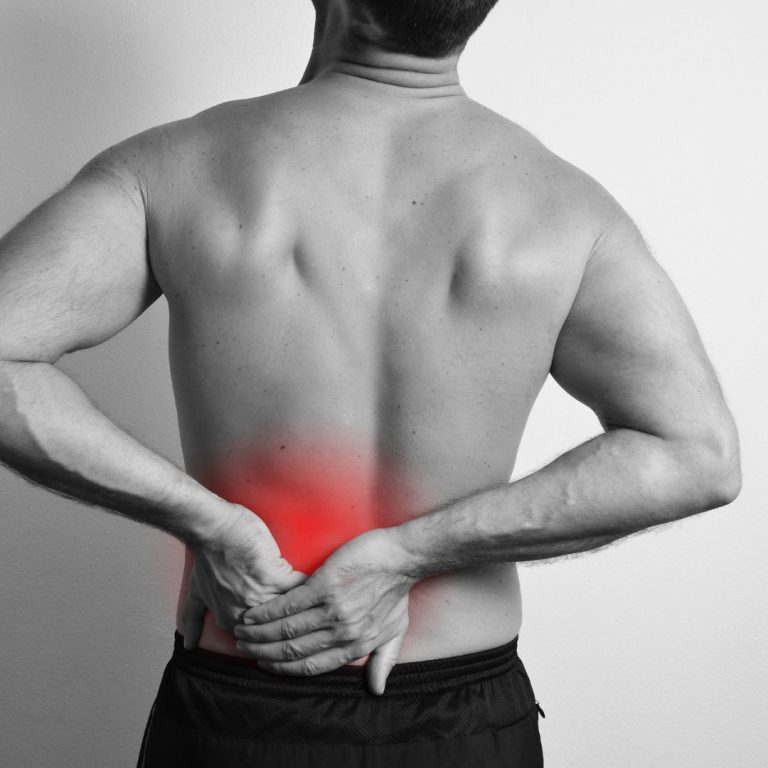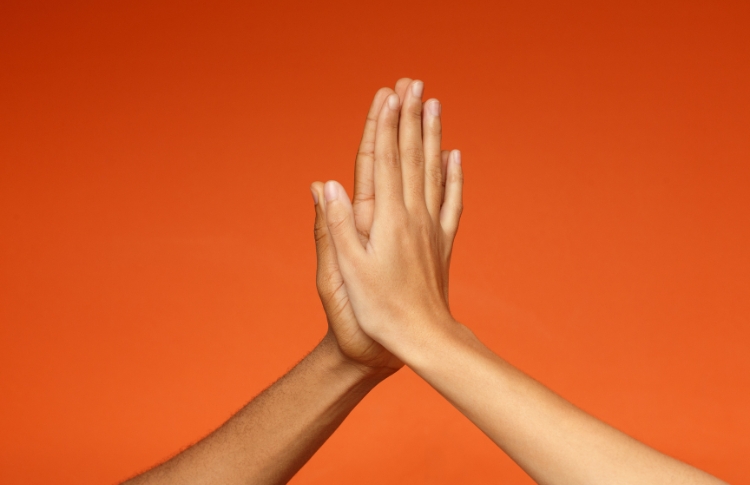How To Prevent Knee Pain On An Elliptical [Explained]
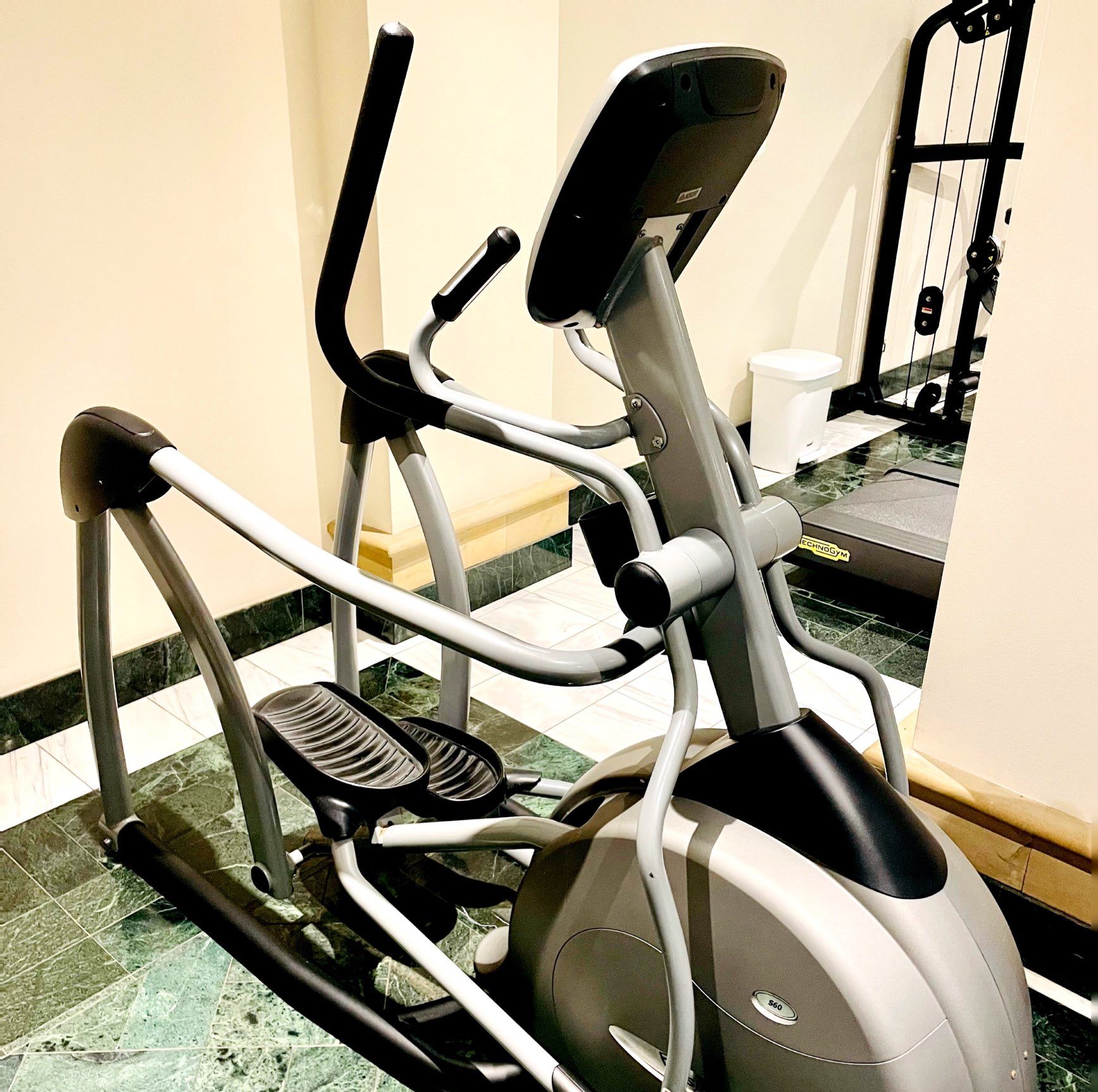
Knee pain is a common complaint among people who use ellipticals. If you experience pain in your knees while using an elliptical, there are a few things you can do to reduce the discomfort.
First, make sure that your elliptical is set up correctly and that your feet are securely placed on the pedals. Additionally, it’s important to adjust the settings so that the machine is working with your body, not against it. For example, if you struggle to keep up with the machine and find yourself having to push too hard, try lowering the resistance so that it’s more comfortable for you.
It’s also important to stay mindful of your posture and form while on the machine — make sure your back is straight and your arms are loose. Wearing supportive shoes with good arch support can also help reduce knee pain.
Let’s explore further to learn more about how to avoid knee pain while using an elliptical machine.
What Adjustments Should I Make to My Elliptical to Avoid Knee Pain?
Adjusting the incline and resistance settings of your elliptical can make a big difference when it comes to avoiding knee pain. It’s important to set the incline so that your knees are not overextended, as this can increase the risk of pain. Additionally, the resistance level should be adjusted so that it is comfortable for you and so that you don’t have to push yourself too hard.
Another way to reduce knee pain while using an elliptical is to modify your stride. A shorter stride length will put less strain on your knees, while a longer stride will increase the amount of stress placed on them. Experiment with different stride lengths and find the one that works best for you. In addition to adjusting the settings of your elliptical, it’s important to not put all your weight on to your knees.
So what does that mean? Essentially, your posture will determine where and how much weight is placed on your knees. Make sure to keep your back straight and your core engaged, as this will help to distribute your weight evenly throughout your body. You should also avoid leaning forward or backward, as this can put unnecessary pressure on your knees. Instead, focus on standing up straight and maintaining a smooth, fluid motion while using the elliptical.
To summarize, here are the biggest things you can start doing right now to fix knee pain on the elliptical:
- Adjust the incline so that you’re knees are not overextending.
- Lower the resistance.
- Experiment with your stride length.
- Fix your posture (Stand up straight).
What Posture Should I Maintain While Using an Elliptical to Prevent Knee Pain?
So I wanted to delve a bit more into the posture part – because this one change can probably fix a lot of the problems you’re facing. Maintaining proper posture is essential for preventing knee pain while using an elliptical machine (and many other cardio machines, as well). Here are some tips to ensure proper posture:
- Stand up straight: Make sure your shoulders are back, your chest is out, and your back is straight. This will help you maintain proper alignment and distribute your weight evenly.
- Engage your core: Tighten your abdominal muscles as you use the elliptical machine. This will help stabilize your body and take pressure off your knees. If this is hard for you, start practicing OFF a machine and in your daily, regular life.
- Keep your feet flat on the pedals: Avoid lifting your heels off the pedals, as this can put extra stress on your knees. Instead, keep your feet flat and distribute your weight evenly.
- Don’t lean forward: Avoid leaning forward as this can put extra stress on your knees. Keep your body upright and in a neutral position.
- Maintain a steady pace: Avoid sudden movements or jerking motions while using the elliptical machine. This can put extra strain on your knees and increase the risk of injury.
What Shoes Should I Wear to Reduce Knee Pain on an Elliptical?
Wearing proper shoes while using an elliptical is essential for preventing knee pain and injury. The right shoes will provide support and cushioning, which can reduce the amount of stress placed on your knees during exercise. While it won’t be as important as posture and elliptical settings, it still plays a pretty important role. Here are some tips on what shoes to wear to reduce knee pain on an elliptical:
- Look for shoes with good cushioning: Shoes with good cushioning will absorb the shock of each step (or movement) and reduce the impact on your knees. Look for shoes with a thick sole that can provide ample cushioning.
- Choose shoes with good arch support: Arch support is important for maintaining proper alignment of your feet, which can in turn affect the alignment of your knees. Look for shoes that have good arch support to reduce the risk of knee pain.
- Ensure a good fit: Wearing shoes that are too tight or too loose can cause unnecessary stress on your knees. Make sure to choose shoes that fit well and provide enough room for your toes to move freely.
- Avoid shoes with high heels: Shoes with high heels can alter your gait and put additional stress on your knees. It’s best to choose shoes with a low heel or no heel at all.
- Replace worn-out shoes: Shoes lose their cushioning and support over time, so it’s important to replace them regularly. If your shoes are worn out, they may not provide adequate support and cushioning, which can lead to knee pain.
What Exercises Can I Do Instead of an Elliptical to Prevent Knee Pain?
If all else fails, and you’re still feeling pain in your knees while using an elliptical, there are still plenty of other exercises you can do to maintain your fitness without aggravating your knee pain.
Swimming is a great low-impact exercise that is easy on your knees, and it’s a full-body workout that can help you build endurance and strength. Cycling is another great option, whether on a stationary bike or outdoors. It’s also a low-impact exercise that can help build leg strength without putting too much strain on your knees.
Strength training exercises that focus on the muscles around your knees, like squats and lunges, can also help improve knee stability and reduce pain. However, it’s important to start with light weights and proper form to avoid exacerbating any knee pain.
And if all else fails, there’s always the option of taking a break from exercise altogether and giving your knees a chance to rest and recover. Just remember to consult with a healthcare professional if you’re experiencing chronic or severe knee pain, as it could be a sign of a more serious underlying issue.
Is The Elliptical Good For Your Knees?
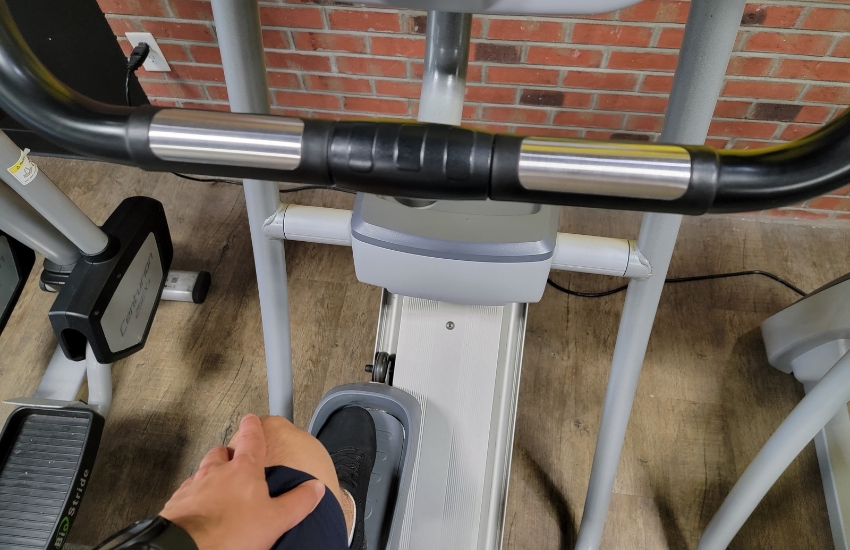
Now, I know we covered a lot about potential knee injuries with the elliptical (and how to avoid them), but can the elliptical be good for your knees?
Yes, the elliptical can actually be a good exercise option for people with knee problems or those who are trying to prevent knee injuries. Compared to other forms of exercise like running or jumping, the elliptical is low-impact, which means it places less stress on your joints, including your knees. The elliptical also allows for a smooth and controlled range of motion, which can help improve knee flexibility and reduce stiffness. If you want to learn more about the difference between low and high-impact exercises, check out this article by the American Sports and Fitness Association.
In addition, the elliptical provides a cardiovascular workout that can help strengthen the muscles around your knees, including your quadriceps, hamstrings, and glutes. Strengthening these muscles can help support your knees and reduce the risk of knee injuries.
Conclusion
If you’re looking for a low-impact exercise option that can help strengthen your muscles and improve your knee flexibility, the elliptical may be a good choice for you. However, it’s important to remember that it’s not a one-size-fits-all solution – everyone is different and it’s important to listen to your body and adjust your exercise routine accordingly. Be sure to start slowly and increase the intensity of your workout gradually.
If you feel any pain in your knees, take a break and regroup. And if you experience chronic or severe knee pain, be sure to check in with a healthcare professional. At the end of the day, exercise should never be painful – it should be enjoyable! So if the elliptical isn’t working for you, don’t be afraid to try something else, like swimming or cycling. You may be surprised by how much you enjoy it and how much it can help improve your overall physical and mental health.

